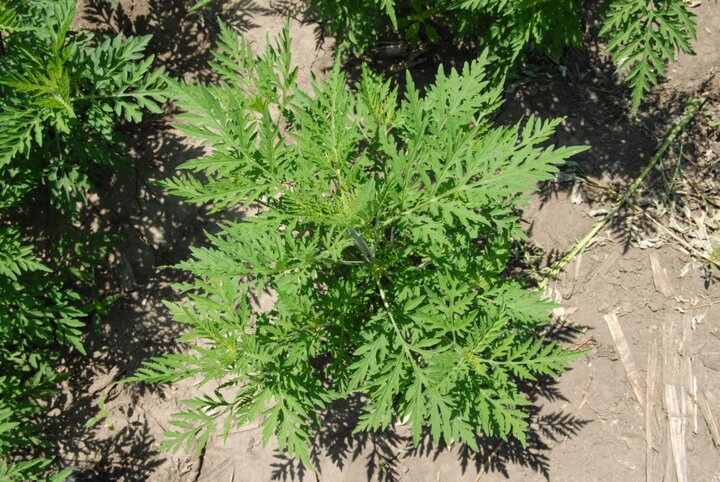Ragweed has exploded in some pastures in recent years. Timely spring rains have encouraged germination and seedling growth and the dry, sunny fall has helped seed develop. And earlier droughts weakened competition.
Both common ragweed, which is an annual, and western ragweed, which is a perennial, can be held in check using similar methods. However, common ragweed is controlled more easily with grazing management or herbicides than western ragweed.
Research and observations both show that ragweed problems are worse in pastures that fail to maintain competition from a full leaf canopy of grass during late May through late June. If you had ragweed problems the past couple of years, look for tiny plants or seedlings underneath your grass during the next few weeks. Heavy grazing or haying during this time opens up the grass sward, letting these seedlings and small plants grow rapidly.
Any management that develops and maintains a dense leaf canopy will help reduce ragweed problems. This includes increasing grass growth with fertilizer and thickening stands by seeding. Most importantly, avoid grazing heavily in areas with ragweed problems. If you do graze heavily or cut hay, spraying herbicides like 2,4-D or Grazon or Curtail or Weedmaster after grazing or cutting gives good control of ragweed seedlings and small plants. And if ragweed gets away, shredding in September can reduce seed production.
It takes time, and a well-planned approach, to control ragweed in pastures. With good grazing, some spraying, and timely shredding it can be done.

